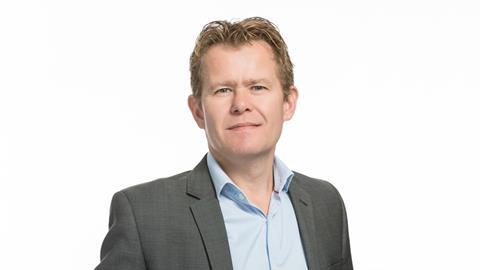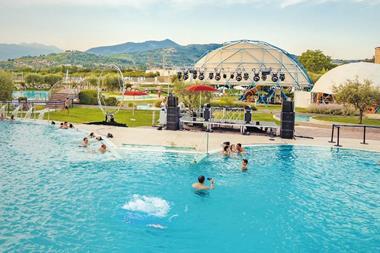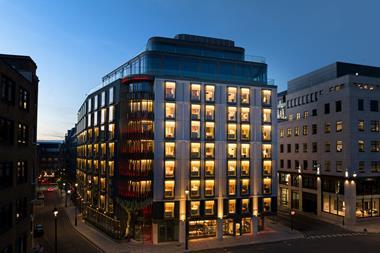UK master developer Urban&Civic has appointed Richard Quartermaine as its head of sustainability.

Quartermaine will be responsible for the implementation of the firm's sustainability framework across the business and driving forward the company’s commitment to continually improve its sustainable impact throughout all operations.
Quartermaine joins Urban&Civic from Hammerson, where he was the company’s environmental manager for eight years delivering its net positive strategy across asset improvements and mixed-use developments.
Prior to that, he worked as a Sustainability Consultant for seven years developing sustainability strategies for commercial buildings and authoring best practice industry guidance.
Quartermaine’s new role will see him further develop Urban&Civic’s strategic approach to sustainability through the implementation of its new sustainability framework, which formalises the importance the company places on building quality communities whilst protecting the environment.
At the heart of this framework, Urban&Civic will focus on ensuring that each of their developments respond effectively to the universal challenges of climate change, biodiversity and health and wellbeing.
This approach is epitomised in projects like its 5,952-home Houlton development in Rugby, Warwickshire, which is delivering three new primary schools, a new secondary school, 507 acres (205 ha) of informal space and 24 ha of formal open spaces and sports pitches.
Nigel Hugill, chief executive at Urban&Civic, said: “'Urban&Civic is bound by a collective determination that business results and positive societal and environmental impact can and should be mutually reinforcing.
'This framework provides a structured approach to Universal Challenges that is bespoke to our Master Developer model and through which we will continue to make a real difference.'
Urban&Civic has over 35,500 consented and submitted homes across 14 strategic sites, seven of which are in delivery. As part of this, the company is delivering 2,380 acres of open space, 28 km of cycleways, 10 million ft2 (930,000 m2) of employment floor space, 19 primary schools and 5 secondary schools.









